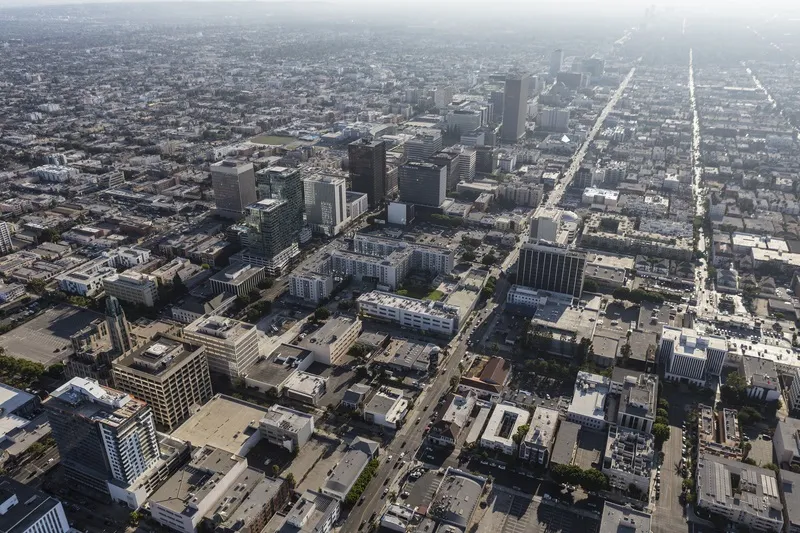Construction has begun on Interstate 11 (I-11), from I-515 to US 93, a 15-mile landmark project that will support Nevada’s continued economic prosperity through enhanced commerce, increased tourism and improved connectivity between Nevada and Arizona as well as beyond to Canada and Mexico.
Designated by the federal government as the future highway, I-11 will connect Las Vegas and Phoenix, the only two cities in the nation with populations of more than one million residents not currently linked by an inte
April 10, 2015
Read time: 2 mins
Construction has begun on Interstate 11 (I-11), from I-515 to US 93, a 15-mile landmark project that will support Nevada’s continued economic prosperity through enhanced commerce, increased tourism and improved connectivity between Nevada and Arizona as well as beyond to Canada and Mexico.
Designated by the federal government as the future highway, I-11 will connect Las Vegas and Phoenix, the only two cities in the nation with populations of more than one million residents not currently linked by an interstate. In addition to significant economic benefit, upon completion, I-11 will relieve congestion and improve safety for the millions of cars and trucks on the road each year travelling between the two metropolitan areas.
Construction of the project is estimated at approximately US$318 million and is funded from federal, state and local sources, including Fuel Revenue Indexing. Projected to be completed in 2018, the project will generate approximately 4,000 jobs in the region.
“The southwest region has experienced significant economic growth and increased traffic over the past few years, and I-11 is necessary so more people and goods can travel safely and efficiently between Nevada and Arizona, as well as along the entire trade corridor between Canada and Mexico,” stated US Senate Minority Leader Harry Reid.
“The construction of I-11 is critical to the continued economic vitality of Nevada,” said Gov. Sandoval. “By improving traffic flow between Las Vegas and Phoenix and providing relief to congested north-south highways like I-5 and I-15, the new I-11 will spur increased trade and commerce, advancing our economic development initiatives and ensuring we remain globally competitive.”
Designated by the federal government as the future highway, I-11 will connect Las Vegas and Phoenix, the only two cities in the nation with populations of more than one million residents not currently linked by an interstate. In addition to significant economic benefit, upon completion, I-11 will relieve congestion and improve safety for the millions of cars and trucks on the road each year travelling between the two metropolitan areas.
Construction of the project is estimated at approximately US$318 million and is funded from federal, state and local sources, including Fuel Revenue Indexing. Projected to be completed in 2018, the project will generate approximately 4,000 jobs in the region.
“The southwest region has experienced significant economic growth and increased traffic over the past few years, and I-11 is necessary so more people and goods can travel safely and efficiently between Nevada and Arizona, as well as along the entire trade corridor between Canada and Mexico,” stated US Senate Minority Leader Harry Reid.
“The construction of I-11 is critical to the continued economic vitality of Nevada,” said Gov. Sandoval. “By improving traffic flow between Las Vegas and Phoenix and providing relief to congested north-south highways like I-5 and I-15, the new I-11 will spur increased trade and commerce, advancing our economic development initiatives and ensuring we remain globally competitive.”








